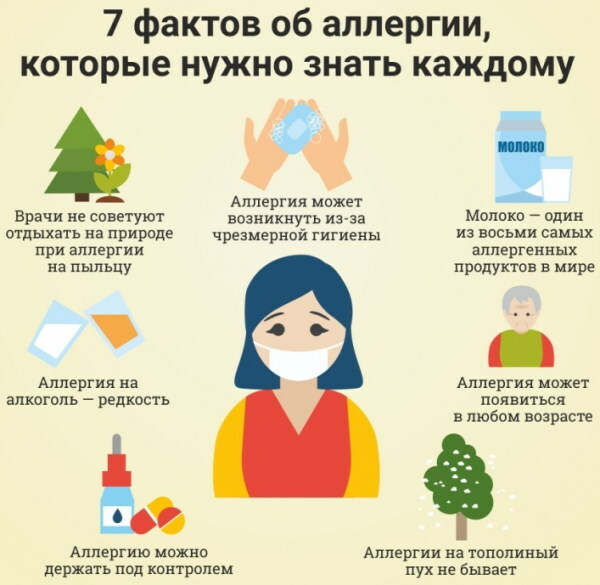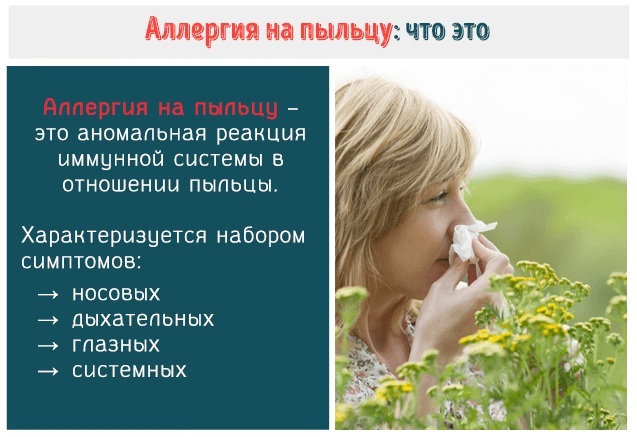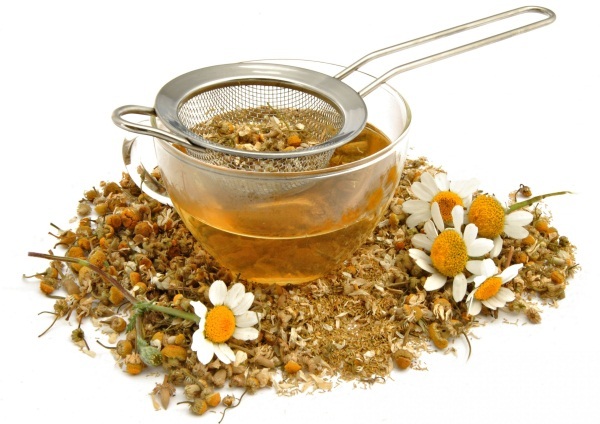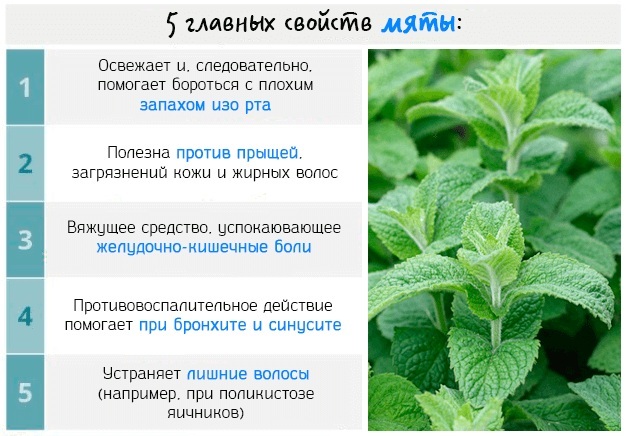Content
- Why does an allergy to birch develop, who is at risk
- How allergies develop, symptoms
- What parts of birch can you be allergic to?
- What Happens With Cross-Allergy?
- How can you suspect cross-allergy to birch pollen?
- Diagnostics, analyzes
- Treatment
- Drugs
- Erius
- Cetrin
- Fenistil drops
- Folk remedies
- Chamomile tea
- Nettle tea
- Mint tea
- Special diet
- Birch Allergy Videos
Allergy to birch and cross food - This is an immune response that occurs in people with individual hypersensitivity of the body. The presence of this disease is manifested by a seasonal deterioration in general well-being. In people with intolerance to birch pollen, in the first days of flowering of this tree, itching and redness of the skin occurs, sneezing, a runny nose join. Allergy to cross foods is a result of their protein formula being similar to birch pollen.
Why does an allergy to birch develop, who is at risk
The main reason for the development of allergy to birch is considered to be its microscopic size, which ranges from 10 to 50 microns. The smallest particles of this substance of the protein structure penetrate the mucous membrane of the oral cavity, nasal canals, eyes and lower respiratory tract. In people with hypersensitive H-1 histamine receptors, the smallest particles of birch pollen provoke an acute immune response.
Allergies to birch and cross-food are periodically found in children and adults of all age groups, but people are still at a potential risk group, influenced by the following factors:
- inflammatory diseases of the respiratory system, which are caused by infectious microorganisms;
- living in a region with an unfavorable ecological situation;
- hereditary predisposition to the development of an allergic reaction to flower pollen, mold spores, household dust, animal hair;
- smoking;
- alcohol abuse;
- the use of pillows and featherbeds filled with poultry feathers (in this case, a person breathes daily dust mites, which significantly increases the risk of developing oral allergies).

To minimize the risk of developing an allergic reaction to birch pollen and cross-food, you must completely stop smoking and alcohol. You should rinse your nose daily with a weakly concentrated saline solution, do wet cleaning, and balance your diet.
How allergies develop, symptoms
Allergy to birch (cross products provoke an acute immune response of the body) manifests itself in the same way as to all other external stimuli. A prerequisite for individual intolerance to a particular product is the body's hypersensitivity to its protein components.
In the process of breathing, birch pollen enters the mucous membrane of the oral cavity, the walls of the nasal canals and the organs of the lower respiratory tract. In a healthy person, contact with this herbal substance does not cause symptoms of deterioration in health.
People with individual hypersensitivity to the protein components of birch pollen have an allergic reaction, which develops as follows:
- Through the respiratory system, birch pollen protein enters the general bloodstream.
- The immune system of an allergic person mistakenly identifies this substance as a biohazard agent.
- The mechanism of an acute immune reaction is triggered with the synthesis of type E immunoglobulins (IgE).
- Immunoglobulins type E (IgE) enter into symbiosis with the body's mast cells, which contain high the level of histamine, as well as other biologically active substances with potentially toxic properties.
- At the moment of contact of the patient with birch pollen, during the consumption of cross products, the concentration of histamine in the blood sharply increases.

The result of this physiological process is the sudden onset of an allergic reaction, which is manifested by the following pathological symptoms:
- sneezing and runny nose that cannot be stopped with nasal sprays;
- increased dryness of the oral mucosa;
- itching inside the nasal passages;
- attacks of dry, incessant cough;
- tingling sensation of the tongue;
- sore throat, which intensifies while being near a flowering birch, or after eating food with a protein structure similar to the pollen of this tree;
- a small rash of red or pink color, which is localized in the neck, décolleté, behind the ears, on the cheeks and around the mouth;
- urticaria with localization of red spots on all parts of the body;
- redness of the eyes and watery eyes;
- swelling of the mucous membrane of the throat (the manifestation of this symptom of an allergic reaction is considered the most dangerous, since it threatens the onset of suffocation);
- shortness of breath and feeling short of breath;
- cardiopalmus.

In the most severe cases, contact with birch pollen and cross products ends with the onset of an acute allergic reaction in the form of anaphylactic shock. Patients in this state, within 1-3 minutes. should receive emergency medical attention with injectable antihistamines, anti-shock and non-steroidal anti-inflammatory drugs. Otherwise, a person with this form of allergic reaction will be fatal.
What parts of birch can you be allergic to?
Birch allergy (cross foods have a protein formula similar to the pollen of this tree) is a seasonal hay fever that occurs between April and late May. At this time, the birch throws out earrings, which are oblong inflorescences. These parts of the tree give off a large amount of the smallest particles of pollen.
Together with the wind, the protein substance is carried for tens of kilometers, provoking moderate and acute allergic reactions. After the flowering of the catkins, the release of pollen sharply decreases, and in patients with allergies, a gradual relief of the symptoms of hay fever is observed.
What Happens With Cross-Allergy?
Children, adult men and women who suffer from cross-allergy to birch develop a false immune response to foods with a similar protein formula. For example, if the molecular formula of a certain food coincides with the pollen of a given tree by 70%.
In this case, the human body triggers a similar acute immune response with the release of mast cells and a large amount of histamine. The result of cross-allergy is the appearance in the patient of the same symptoms of individual hypersensitivity, as after being near a flowering birch.
The following food products are distinguished, to which cross-allergy may occur in people suffering from individual intolerance to birch flowers:
- Apple;
- celery;
- bananas;
- walnuts;
- Dill;
- apricot;
- parsley;
- cherries;
- peaches;
- potato;
- plums;
- carrot;
- cherries;
- pears;
- kiwi.
In this case, a cross-allergic reaction can manifest itself already at the end of the growing season of this tree. Therefore, during the flowering of birch, dietary norms should be observed, limiting the use of the above fruits and vegetables. This minimizes the risk of a negative body reaction to foods with a similar protein formula.
How can you suspect cross-allergy to birch pollen?
Allergy to birch (cross products are determined by the allergist during the examination of the patient) is almost always manifested by an acute immune reaction. The irritation of the epithelial tissues and mucous membranes of the body is caused by protein substances Bet v1-homologues.
You can suspect cross-allergy to birch pollen by the following symptoms:
- an attack of an allergic reaction is observed during the flowering period of birch immediately after eating one or several cross products at once;
- in the area of the inner surface of the cheeks, palate, lips, gums and tongue, a characteristic burning sensation appears, or a tingling sensation;
- the initial symptoms of allergy appear in the first 30-60 minutes. after contact with birch pollen or eating cross products;
- red spots of various sizes appear on the skin around the mouth, as well as in the neck area, which outwardly resemble hives;
- there is swelling of the eyelids;
- frequent sneezing and persistent runny nose join;
- the mucous membrane of the eyeball turns red (in most cases, this symptom of hypersensitivity the organism to birch pollen is accompanied by active lacrimation, a short-term decrease in severity is possible vision);
- a similar allergic reaction occurs after eating vegetables or fresh fruits.
According to international statistics, in 1-2% of cases, cross-allergy to birch pollen provokes attacks of bronchial asthma, as well as Quincke's edema. A similar reaction of the body occurs in chronic allergy sufferers and people who ignore the above symptoms, do not take antihistamines.
Diagnostics, analyzes
Allergy to birch (cross foods are temporarily excluded from the daily diet) is dangerous a symptom of an acute immune reaction, the manifestation of which requires additional examination sick.
The table below describes the main diagnostic methods used in relation to patients with this type of hay fever.
| Inspection method | Characteristics of the diagnostic technique |
| Patch tests | During testing with this diagnostic method, special test strips are used that are glued to the surface of the patient's skin. This material is impregnated with birch pollen or cross-product allergen. The patient walks with the glued test strip for 2 days. After a specified period of time, the doctor examines the subject's skin for allergic manifestations. |
| Scarification tests | Scarification tests involve applying potential allergens to scratches that have been made with a lancet or a medical needle. Diagnostic manipulations are performed on the skin of the forearm. If redness, swelling, itching, signs of urticaria appear in the area of scarification tests, then this means that the patient has a tendency to an allergic reaction to the allergens. In this case, birch pollen and cross products. |
| Prik tests | This diagnostic method is analogous to scarification tests. The only difference between prick tests is that for examination, the patient's skin is not scratched, but pierced with a thin needle. |
| Blood test for immunoglobulins IgE | The general indicator of immunoglobulins in the composition of the patient's venous blood indicates the presence or absence of an allergic reaction. This diagnostic method is used in combination with patch tests and scarification tests. |
The delivery of the above tests is prescribed by an allergist, therapist or pediatrician. Deciphering of the examination results is also carried out by doctors of these specialties.
Treatment
Therapy for cross-allergy to birch pollen involves suppressing the sensitivity of histamine H-1 receptors, which are involved in triggering the mechanism of an acute immune response. Medicines with antihistamines are prescribed during the flowering period of this tree. Medications are taken until the end of the spring birch growing season.
Drugs
Allergy medications are prescribed by a general practitioner, allergist, or pediatrician. Medicines with antiallergic action relieve symptoms of individual intolerance to birch pollen and cross-food products.
Erius
Erius is an antihistamine based on the active ingredient desloratadine at a concentration of 5 mg per 1 tablet. This medication is a histamine H-1 receptor blocker. The dosage regimen for the Erius drug provides for taking 1 tablet 1 time per day.

The drug is taken whole, not chewed, and also washed down with a glass of water. The duration of the therapeutic course is determined by the doctor, depending on the severity of the allergic reaction. The average cost of this medication is from 550 rubles. for 10 tablets.
Cetrin
Cetrin is white tablets, the active ingredient of which is the substance cetirizine dihydrochloride at a dosage of 10 mg. Taking this medication ensures the elimination of all symptoms of seasonal hay fever caused by birch pollen and cross products.
To achieve a positive therapeutic effect, the drug Cetrin should be taken 1 tablet once a day. Children 6 years of age and older should take half of the indicated dose. The price of antiallergic drug Tsetrin is from 123 rubles. for 20 tablets.
Fenistil drops
Fenistil in the form of drops is an oral antihistamine. The active ingredient of this medication is the chemical compound dimetindene maleate at a dosage of 1 mg per 1 ml (corresponds to 20 drops).
Fenistil is approved for use in children from 1 month of age. The dosage regimen for adult patients provides for a daily intake of 20-40 drops up to 3 times a day. The most common side effect of this drug is drowsiness. The average cost of Fenistil drops is from 370 rubles. for 1 bottle.
Folk remedies
Treatment of allergies with folk remedies is based on the use of phytotherapeutic techniques. To stop signs of an allergic reaction, eliminate local inflammatory processes in the upper and lower respiratory tract, use teas with the addition of mint, chamomile, nettle.
Chamomile tea
To prepare this folk remedy for allergies, the following algorithm of actions must be observed:
- Take 1 tsp. l. dried chamomile.
- Pour 250 ml of boiling water over the herbal ingredient.
- Leave on for 30 minutes. for insisting.

After the specified period of time, chamomile tea is ready to drink. This remedy has natural antihistamine properties, eliminates signs of inflammation of the mucous membrane of the nose and larynx. Chamomile tea can be drunk in the morning and in the evening during the entire growing season of the birch.
Nettle tea
To brew nettle-based medicinal tea, it is recommended to use the following recipe:
- Take 3 tbsp. l. dried nettle leaves.
- Pour 500 ml of boiling water over the plant materials.
- The future medicine should be left for 2 hours to infuse.
The finished product is drunk in 250 ml 2 times a day in the morning and in the evening for 15 minutes. before meals. The duration of the therapeutic course is not limited by time. Nettle-based tea saturates the human body with vitamins, minerals, and naturally reduces the level of histamine in the blood.
Mint tea
Unlike nettle and chamomile, mint does not have antihistamine properties, but it helps to get rid of the manifestations of allergic rhinitis and remove mucus from the bronchi.
To prepare mint tea, you must follow the following instructions:
- Take 3 tsp. l. dried mint.
- Pour the vegetable component with 300 ml of boiling water.
- Leave to infuse for 1 hour.

After a specified period of time, the mint tea is ready to drink. This remedy can be used 1-2 times a day before or after meals. It is important to remember that the side effect of mint tea is sedation and a slight decrease in blood pressure.
Special diet
The presence of an allergy to birch pollen requires adherence to dietary standards.
In this case, allergy sufferers are allowed to eat the following foods and drinks:
- white and gray bread;
- biscuits;
- bakery products;
- chicken eggs;
- coffee with milk;
- Black tea;
- beetroot;
- fermented baked milk;
- curdled milk;
- fresh cucumbers;
- radish;
- tomatoes;
- radish;
- mineral water without added carbon dioxide;
- cottage cheese casserole;
- pasta;
- all types of cereals;
- kefir;
- lentils;
- lean vegetable soups;
- boiled beef;
- hen;
- rabbit meat;
- peas;
- milk;
- veal.

During the period of seasonal hay fever, provoked by birch pollen, it is recommended to significantly limit the use of the following drinks and food:
- cocoa;
- ice cream;
- smoked meat;
- jam;
- sausages;
- sugar;
- candies;
- pickled vegetables;
- salting;
- confectionery.
The following foods and beverages are strictly prohibited, the use of which may cause cross-allergies in people with individual intolerance to birch pollen:
- honey;
- carrot;
- cognac;
- cherries;
- apricots;
- all kinds of nuts;
- apples;
- Birch juice.
Allergy to birch pollen can cause a similar reaction in the body to cross-food foods that have a similar protein formula. This type of seasonal hay fever occurs from late April to May.
The patient complains of itching of the nasal mucosa, persistent rhinitis, sore throat, swelling of the mucous membranes, sneezing. Treating birch pollen and cross-food allergies requires the use of antihistamines, which block the body's sensitivity to biological agents and allergens.
Birch Allergy Videos
Allergy to birch and types of cross allergies:



